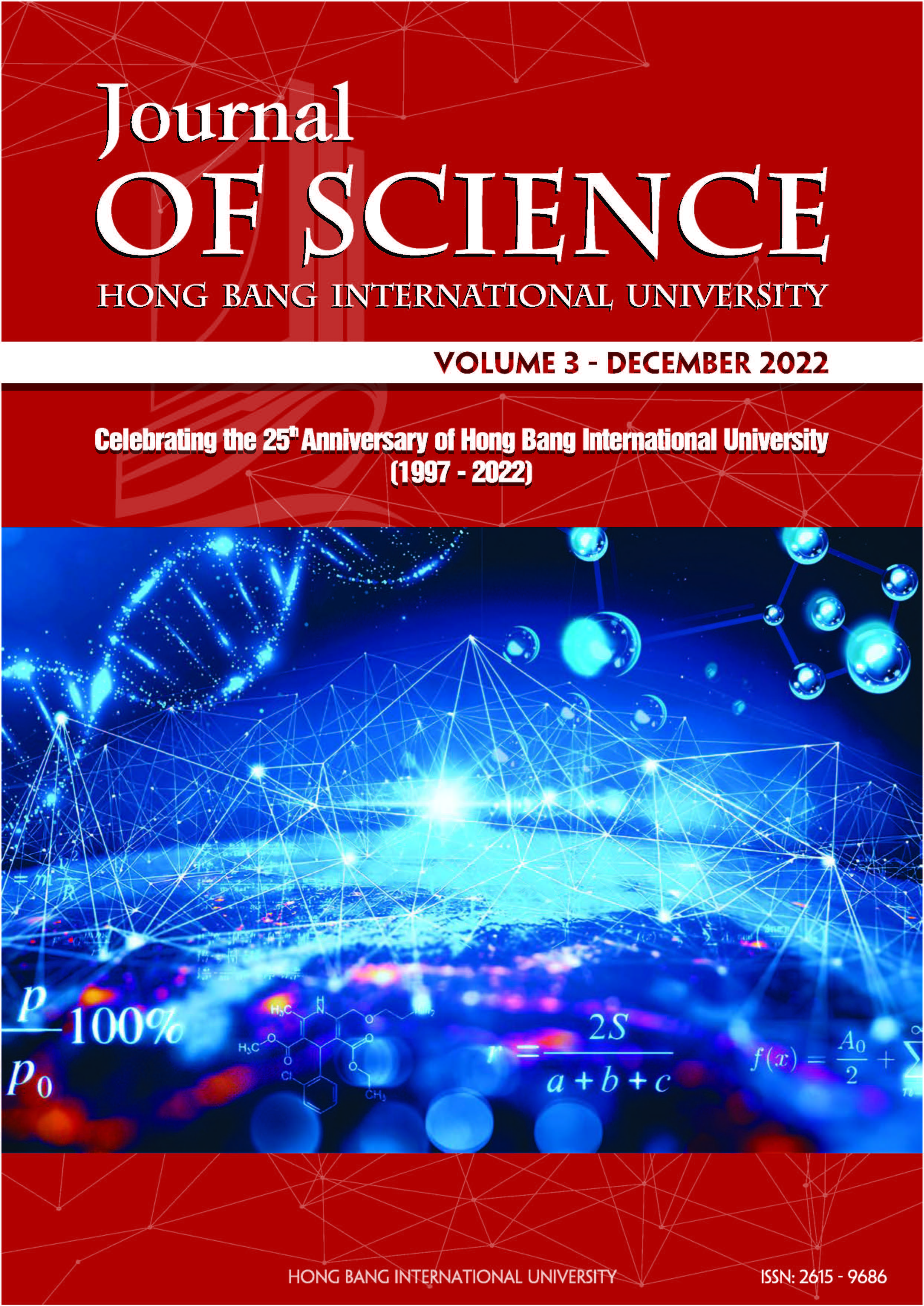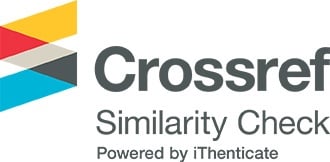Comparison of immunomodulatory proprieties and antioxidant effect between chicken protein, casein and gluten consumption in mice
Các tác giả
Từ khóa:
Protein, điều hòa miễn dịch, đại thực bào, stress oxy hóa, chuộtTóm tắt
This study was designed to evaluate the immunomodulatory proprieties and antioxidant effect of chicken protein by comparing with gluten and casein consumption. 18 Six-week-old female Balb/c mice were randomly separated into 3 groups. Without acclimation, mice were fed ad libitum for 8 weeks with AIN-93G (without protein) supplemented with casein or gluten or chicken protein (20% of the total amount) for casein, gluten and meat group respectively. Flow cytometric analysis was used to measure the cell surface expression of CD11b as macrophage marker, and CD11c+ cells in the spleen. In addition, for distinguishing the phenotype of macrophage, ELISA was performed to measure the interferon-ɣ and interleukin-10 in the supernatant of splenocytes cultured with 10μg/mL of concanavalin A. Oxidative stress was evaluated by measuring the total reactive oxygen species generation in liver. For this purpose, the probe, 2', 7'- dichloro-dihydrofluorescein-diacetate was used, and the result was expressed as fluorescence intensity per mg of protein in the liver homogenate. Regarding the results, splenocytes isolated from mice for each group contained high rate of macrophage, 5.71±0.41%, 5.95±0.47% and 5.24±0.63% for casein, gluten and meat group respectively. Yet, the level of interferon-ɣ and interleukin-10 in the supernatant of splenocytes cultured with concanavalin A for 96h showed no significant differences. In addition, the variation intra-group was a bit high. In fact, interferon -ɣ production was ranged from 30.57 to 162.95 pg/mL, 0 to 122.95 pg/mL and 16.29 to 188.67pg/mL for casein, gluten and meat group respectively. Interleukin-10 production was varied from 7.75 to 185.25pg/mL, 0 to 75.25pg/mL and 0 to 272.75pg/mL for casein, gluten and meat group respectively. Concerning reactive oxygen species generation, no significant difference was also found. However, the trend showed that meat group produced less reactive oxygen species than the 2 other dietary groups. In fact, it was ranged from 0.49±0.03 to 0.96±0.06, 0.68±0.16 to 1.12±0.22 and 0.49±0.08 to 0.74±0.11 fluorescence intensity/mg of protein for casein, gluten and meat group respectively after 40 and 80min of incubation of liver homoginate with DCFDA. Taken together, despite the high rate of macrophage, it was difficult to draw any conclusion about the dominant phenotype in each group. Concerning the antioxidant effect, the trend showed that meat group produces less reactive oxygen species than the other 2 dietary groups.
Abstract
This study was designed to evaluate the immunomodulatory proprieties and antioxidant effect of chicken protein by comparing with gluten and casein consumption. 18 Six-week-old female Balb/c mice were randomly separated into 3 groups. Without acclimation, mice were fed ad libitum for 8 weeks with AIN-93G (without protein) supplemented with casein or gluten or chicken protein (20% of the total amount) for casein, gluten and meat group respectively. Flow cytometric analysis was used to measure the cell surface expression of CD11b as macrophage marker, and CD11c+ cells in the spleen. In addition, for distinguishing the phenotype of macrophage, ELISA was performed to measure the interferon-ɣ and interleukin-10 in the supernatant of splenocytes cultured with 10μg/mL of concanavalin A. Oxidative stress was evaluated by measuring the total reactive oxygen species generation in liver. For this purpose, the probe, 2', 7'- dichloro-dihydrofluorescein-diacetate was used, and the result was expressed as fluorescence intensity per mg of protein in the liver homogenate. Regarding the results, splenocytes isolated from mice for each group contained high rate of macrophage, 5.71±0.41%, 5.95±0.47% and 5.24±0.63% for casein, gluten and meat group respectively. Yet, the level of interferon-ɣ and interleukin-10 in the supernatant of splenocytes cultured with concanavalin A for 96h showed no significant differences. In addition, the variation intra-group was a bit high. In fact, interferon -ɣ production was ranged from 30.57 to 162.95 pg/mL, 0 to 122.95 pg/mL and 16.29 to 188.67pg/mL for casein, gluten and meat group respectively. Interleukin-10 production was varied from 7.75 to 185.25pg/mL, 0 to 75.25pg/mL and 0 to 272.75pg/mL for casein, gluten and meat group respectively. Concerning reactive oxygen species generation, no significant difference was also found. However, the trend showed that meat group produced less reactive oxygen species than the 2 other dietary groups. In fact, it was ranged from 0.49±0.03 to 0.96±0.06, 0.68±0.16 to 1.12±0.22 and 0.49±0.08 to 0.74±0.11 fluorescence intensity/mg of protein for casein, gluten and meat group respectively after 40 and 80min of incubation of liver homoginate with DCFDA. Taken together, despite the high rate of macrophage, it was difficult to draw any conclusion about the dominant phenotype in each group. Concerning the antioxidant effect, the trend showed that meat group produces less reactive oxygen species than the other 2 dietary groups.
Tài liệu tham khảo
[1] Nestle, M., “Animal v. plant foods in human diets and health: Is the historical record unequivocal”, Proc. Nut. Soc., 58, 211-218, 1999.
[2] Bender, A., “Meat and meat products in human nutrition in developing countries. Food and Agriculture Organization of the United Nations (FAO)”, Food and Nutrition Paper, 53, Italy, 1992.
[3] Chamberlain JG., “The possible role of long-chain omega-3 fatty acids in human brain phylogeny”, Persp. Biol. Med., 39, 436-445, 1996.
[4] Mann FD., “Animal fat and cholesterol may have helped primitive man evolve a large brain”, Persp. Biol. Med., 41, 417-425, 1998.
[5] Decker, E.A. and Faraji, H., “Inhibition of lipid oxidation by carnosine”, J. Am. Oil Chem. Soc., 67, 650-652, 1990.
[6] Huang SC, Kuo JC., “Concentrations and antioxidative activity of anserine and carnosine in poultry meat extracts treated with demineralization and papain”, Proc Natl Sci Counc Repub China B. 24(4), 193-201, 2000.
[7] Saiga-Egusa A, Iwai K, Hayakawa T, Takahata Y, Morimatsu F., “Antihypertensive effects and endothelial progenitor cell activation by intake of chicken collagen hydrolysate in pre- and mild-hypertension”, Biosci Biotechnol Biochem., 73(2), 422-4, 2009.
[8] Sim MK, Wong YC, Xu XG, Sim SZ, Tsi D., “Hypoglycemic action of chicken meat extract in type-2 diabetic KKAy mice and GK rats”, Biosci Biotechnol Biochem., 73(12), 2583-8, 2009.
[9] Huijbregts PP, Feskens EJ, Kromhout D., “Dietary patterns and cardiovascular risk factors in elderly men: the Zutphen Elderly Study”, Int. J. Epidemiol, 24(2), 313-320, 1995.
[10] Menotti A, Kromhout D, Blackburn H, Fidanza F, Buzina R, Nissinen A,. “Food intake patterns and 25-year mortality from coronary heart disease: cross cultural correlations in the Seven Countries Study. The Seven Countries Study Research Group”, Eur. J. Epidemiol, 15(6), 507-515, 1999.
[11] http://www.thelabrat.com/protocols/splenocyteprep.shtml
[12] Lumeng CN, Bodzin JL, Saltiel AR., “Obesity induces a phenotypic switch in adipose tissue macrophage polarization”, J. Clin. Invest, 117, 175–184, 2007.
[13] Saha B. and Nandi D., “Farnesyltransferase Inhibitors Reduce Ras Activation and Ameliorate Acetaminophen-Induced Liver Injury in Mice”. Hepatology, Vol. 50, No. 5, 2009.
[14] Triglycerides, reactive oxygen species, and cardiac fibrosis in mice with a mutation in the helicase domain of the Werner syndrome gene homologue”, Exp. Gerontol, 41, 157–168, 2006.
[15] Mantovani A, Sica A, Sozzani S, et al., “The chemokine system in diverse forms of macrophage activation and polarization”, Trends Immunol, 25, 677-686, 2004.
[16] Gordon S., “Alternative activation of macrophage”, Nat. Rev. Immunol, 3, 23-35, 2003.
[17] Halton TL & Hu FB., “The effects of high protein diets on thermogenesis, satiety and weight loss: a critical review”, Journal of the American College of Nutrition, 23, 373–85, 2004.
[18] Paddon-Jones D, Westman E, Mattes RD et al., “Protein, weight management, and satiety”, American Journal of Clinical Nutrition, 87, 1558S–61S, 2008.
[19] Chao S, Schreuder M., Young G, Nakaoka K, Moyes L, Oberg C., “Pre-Clinical Study: Antioxidant Levels and Immunomodulatory Effects of Wolfberry Juice and Other Juice Mixtures in Mice”, Journal of the American Nutraceutical Association, 131(1), 2004.
[20] Petursdottir DH, Hardardottir I., “Dietary fish oil increases the number of splenic macrophages secreting TNF-alpha and IL-10 but decreases the secretion of these cytokines by splenic T cells from mice”, J Nutr., 137(3), 665-70, 2007.
Tải xuống
Tải xuống: 41







